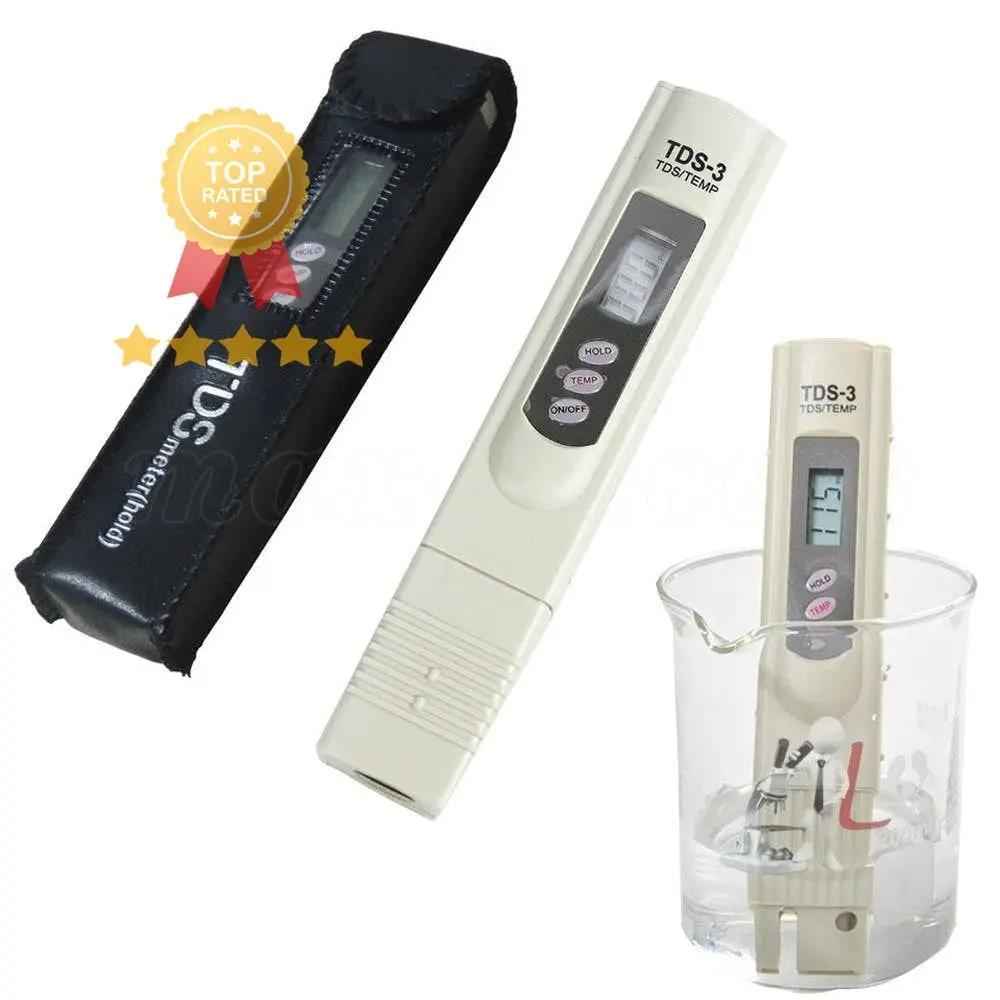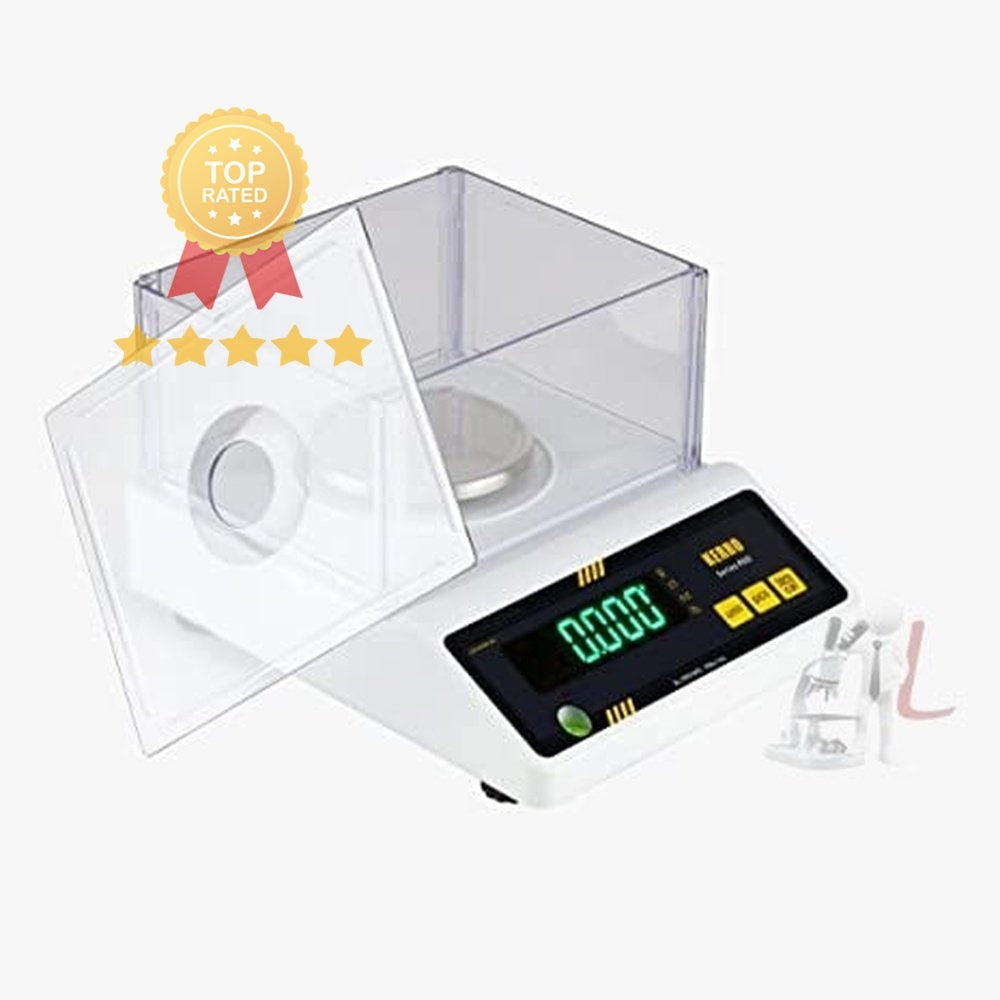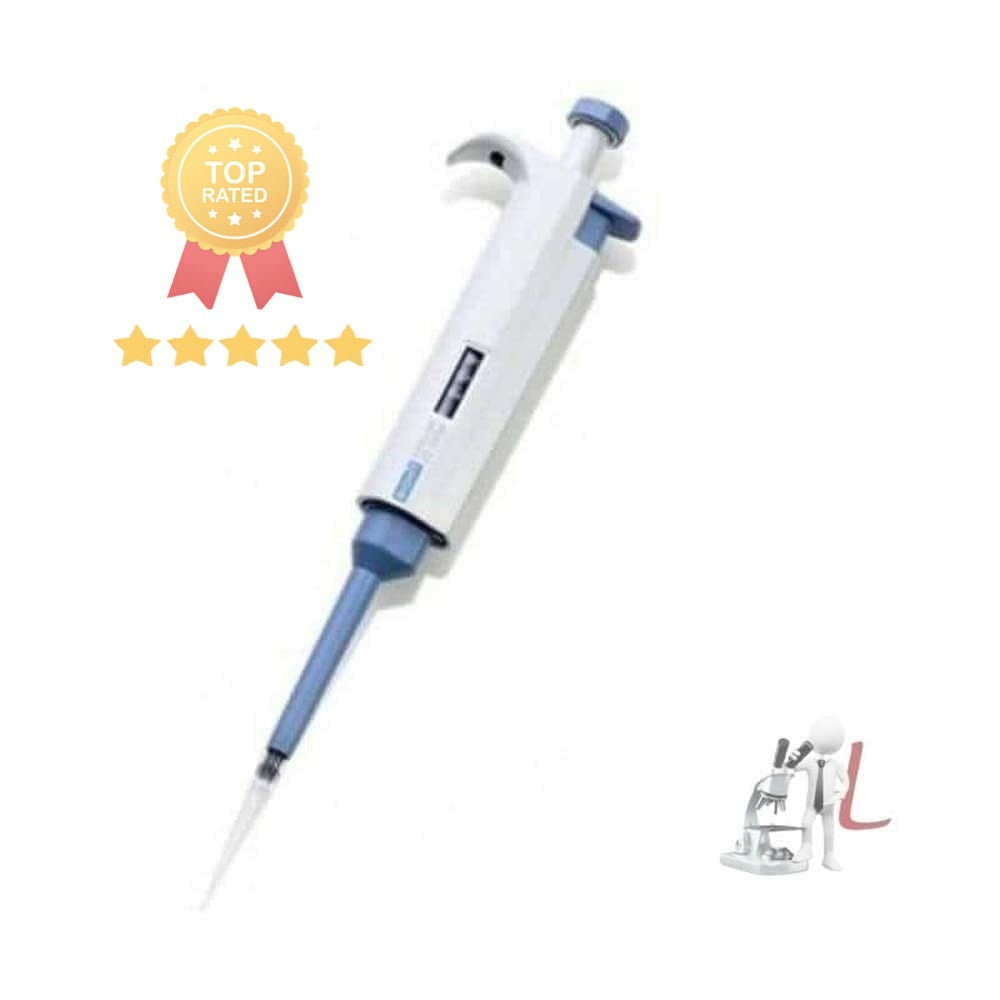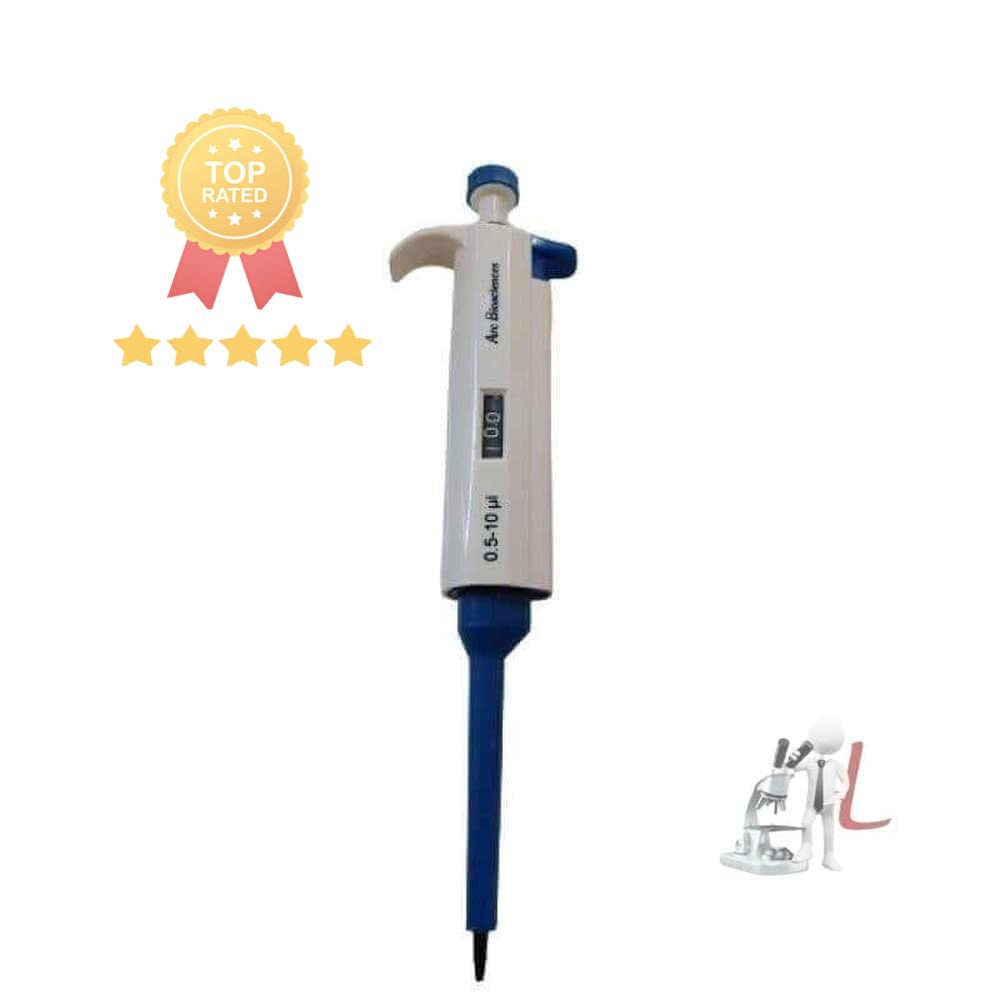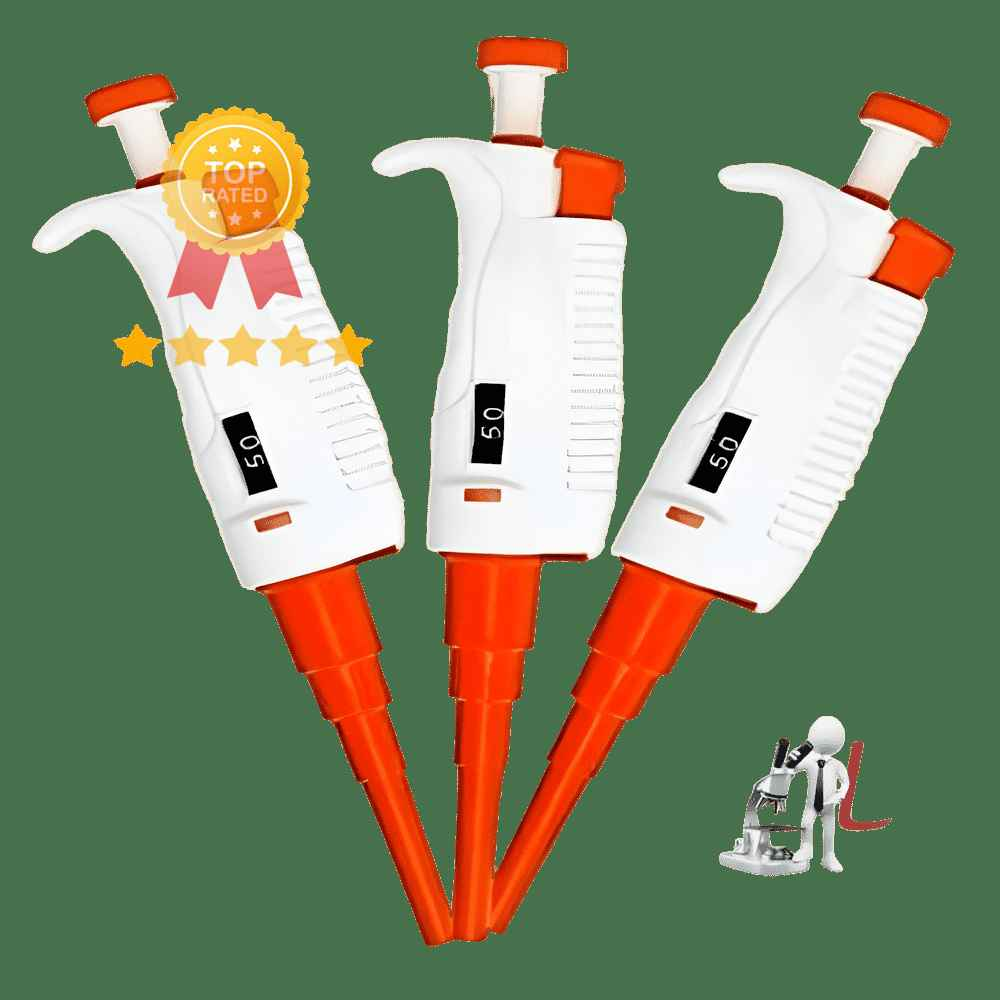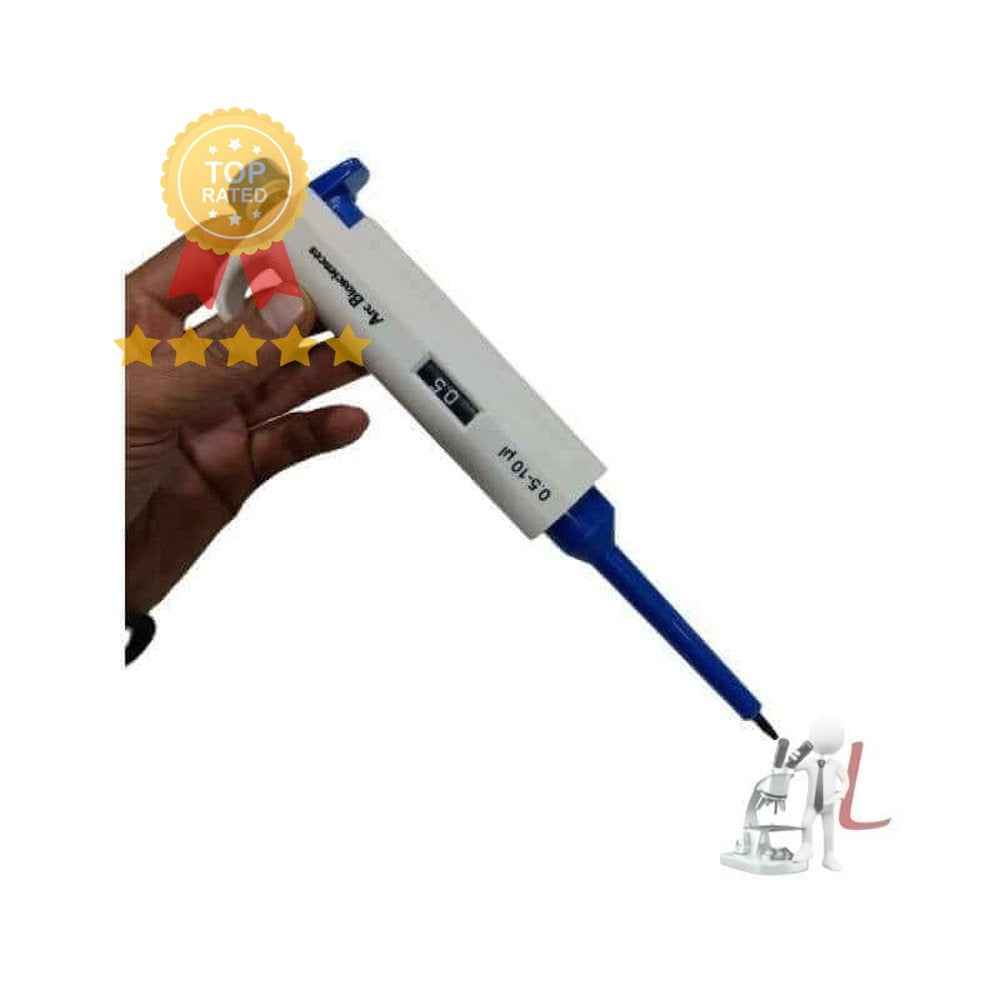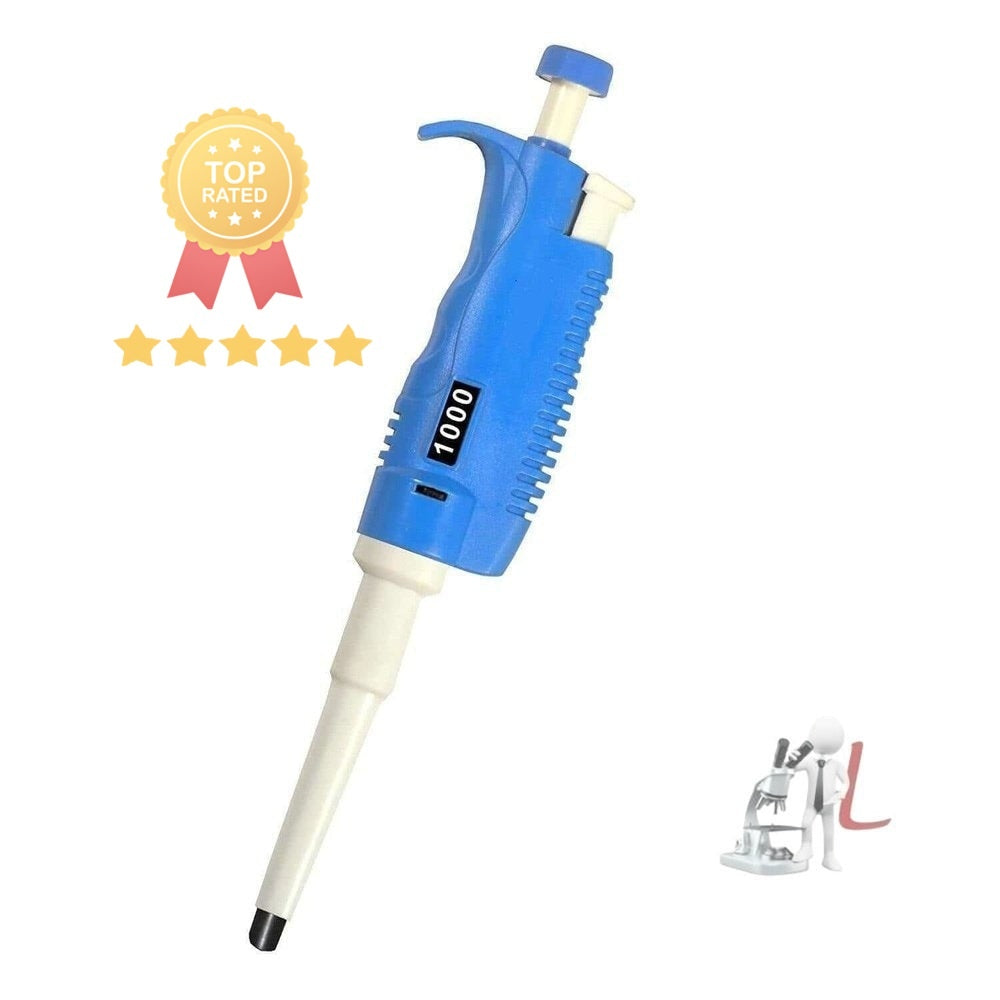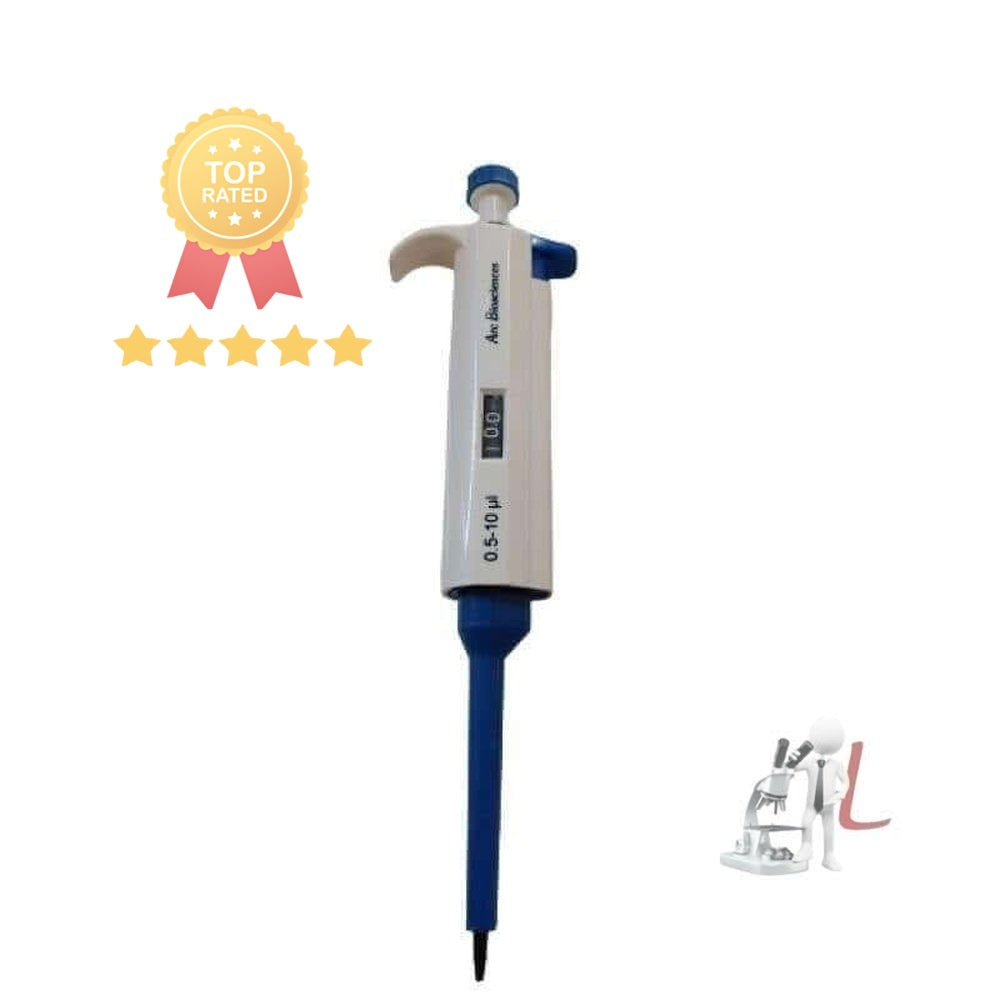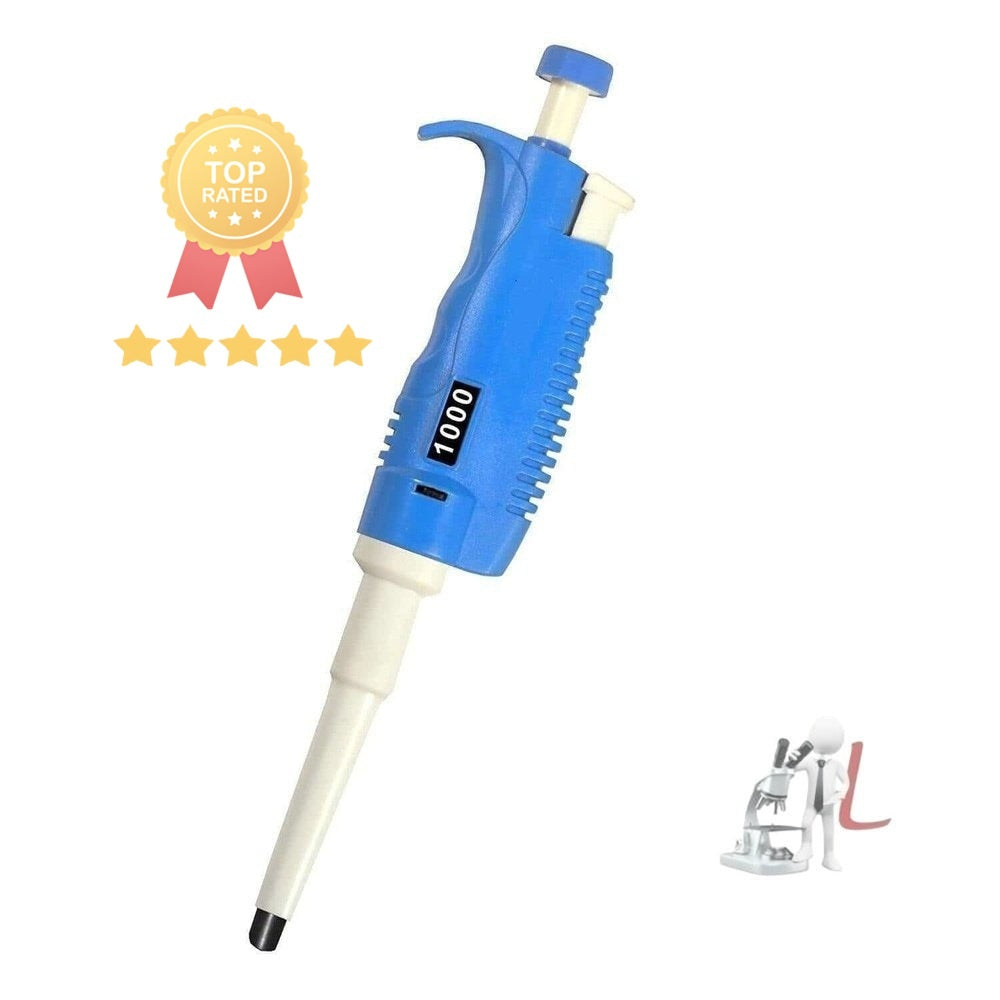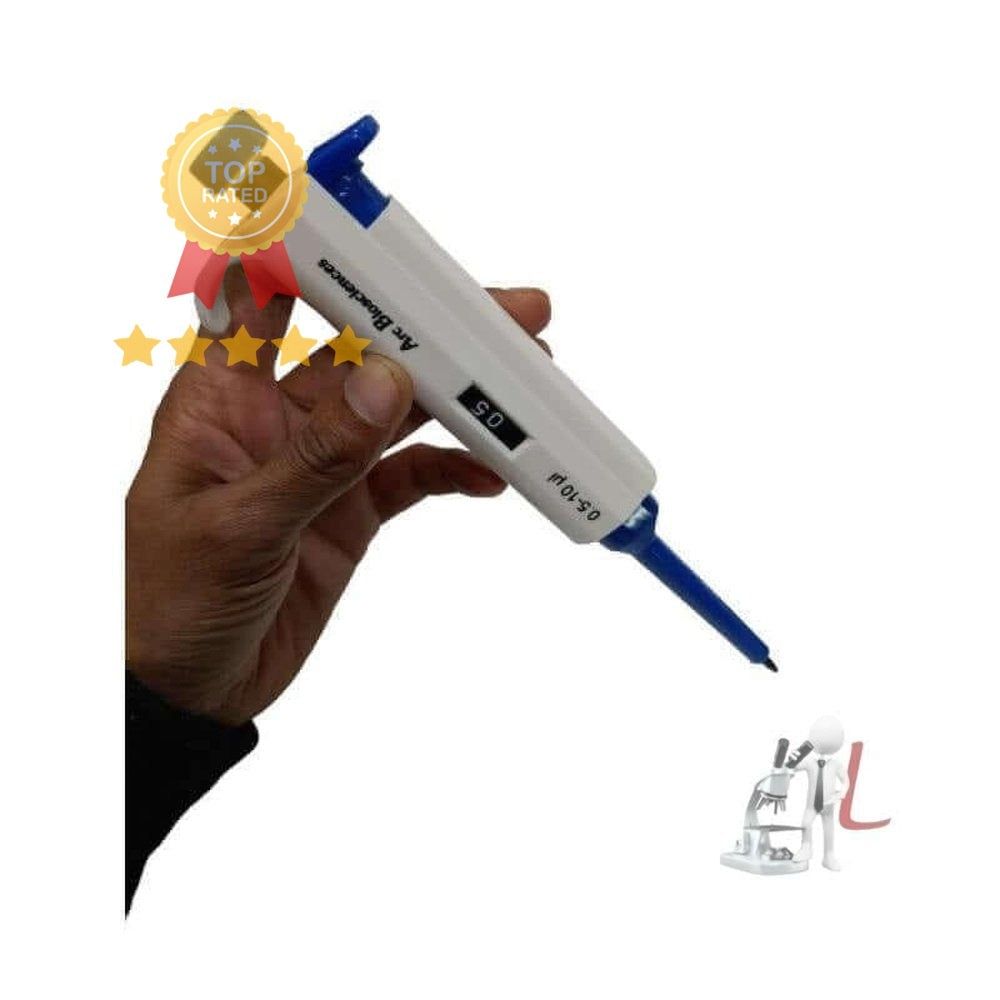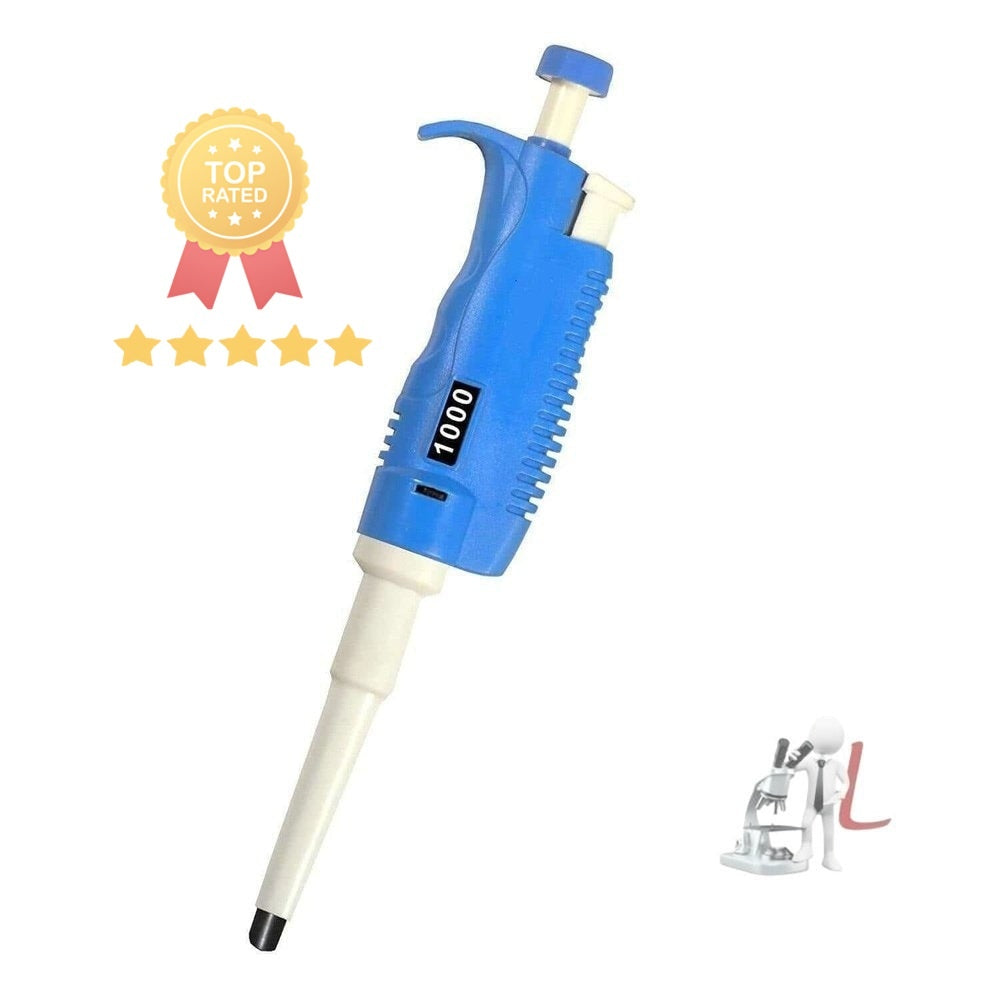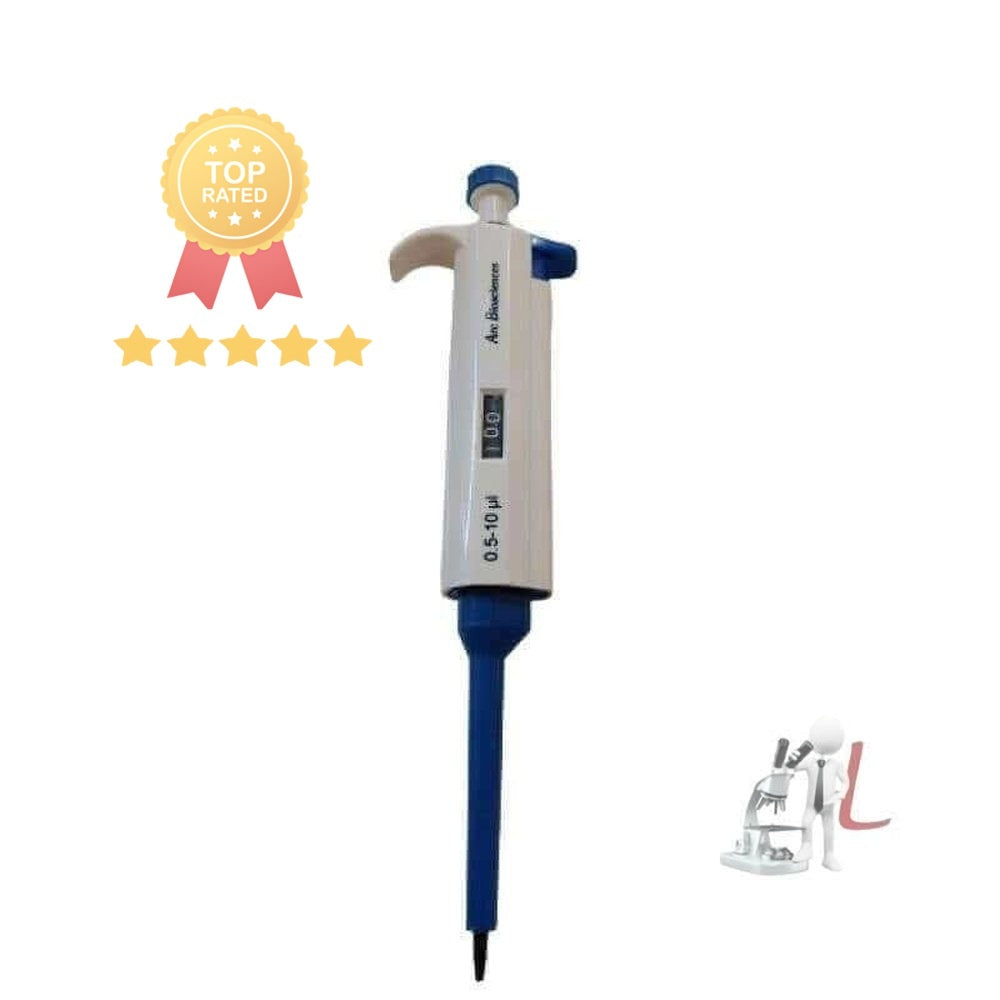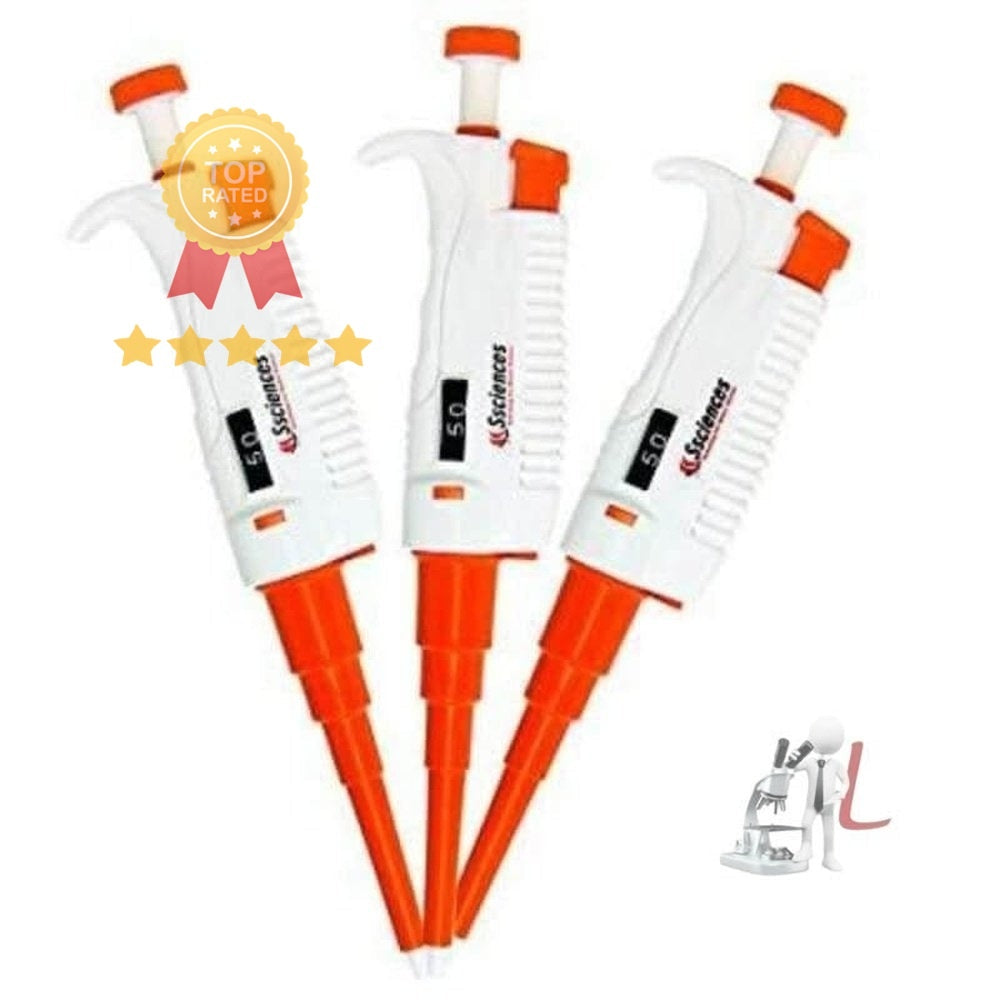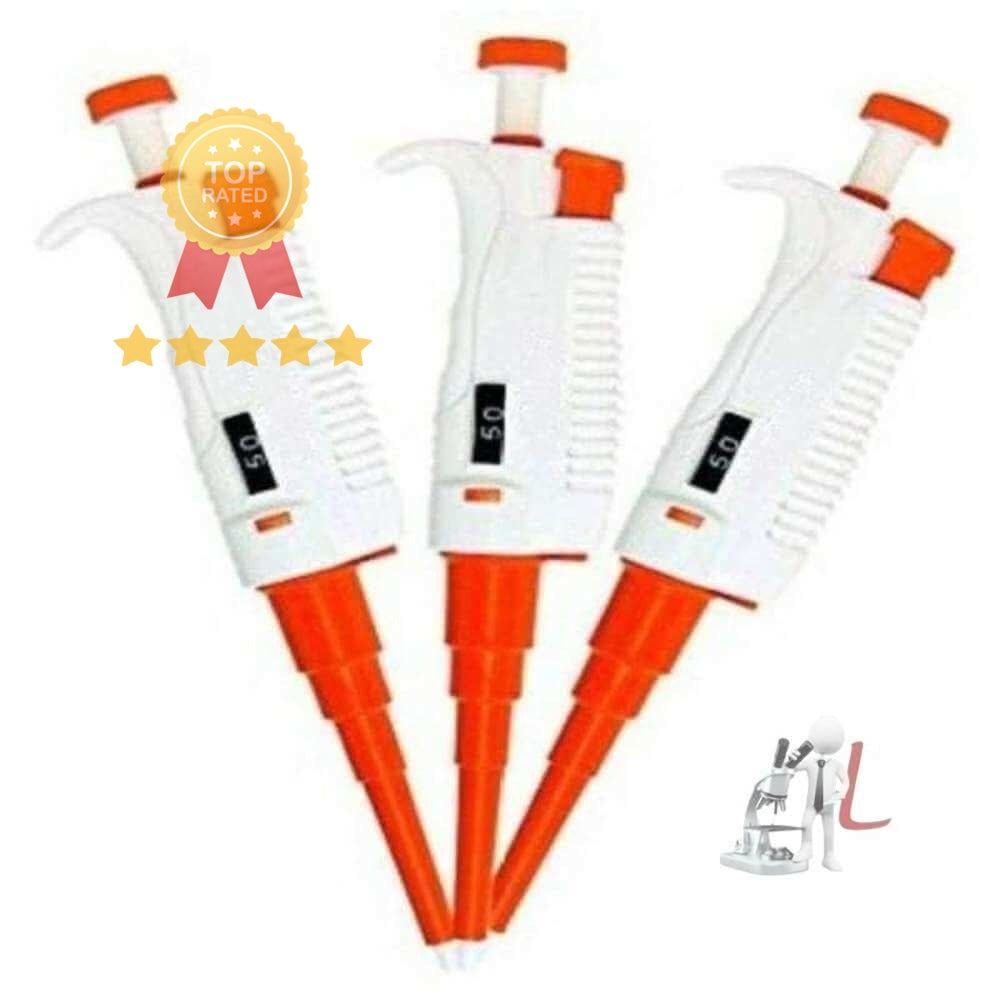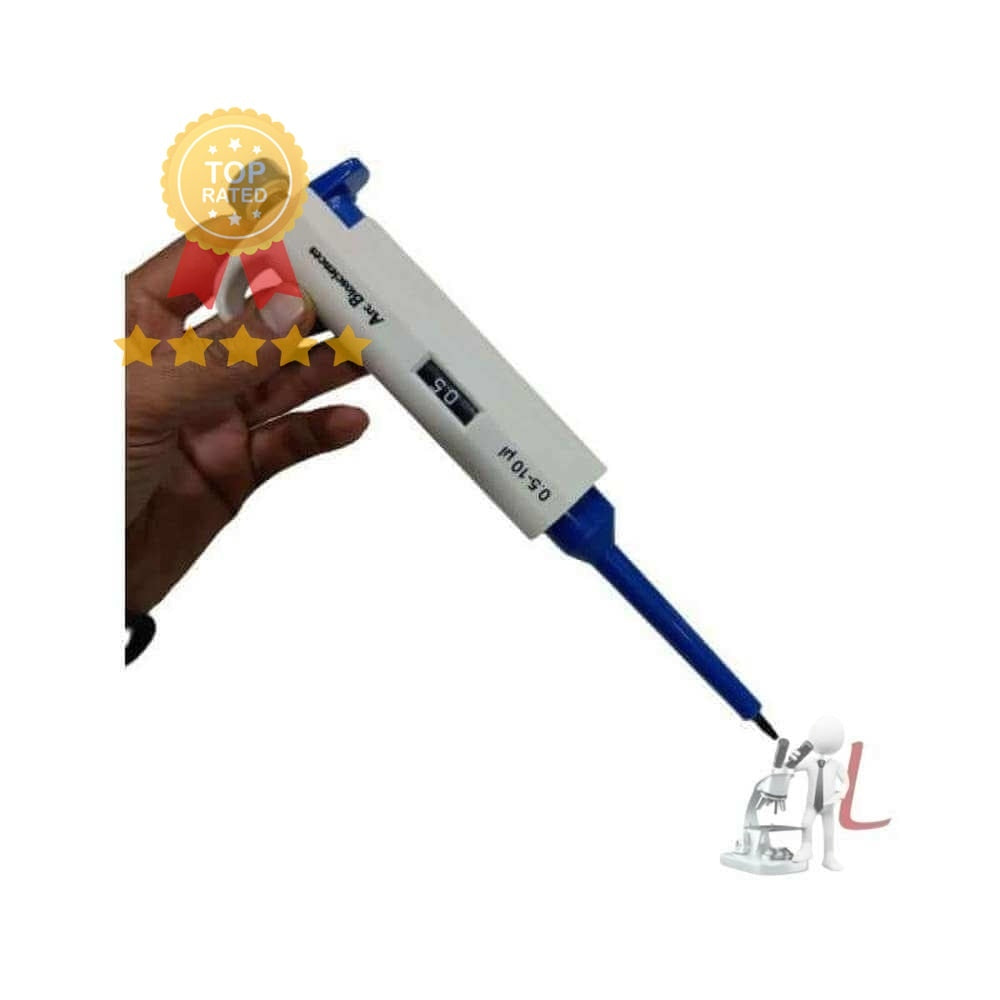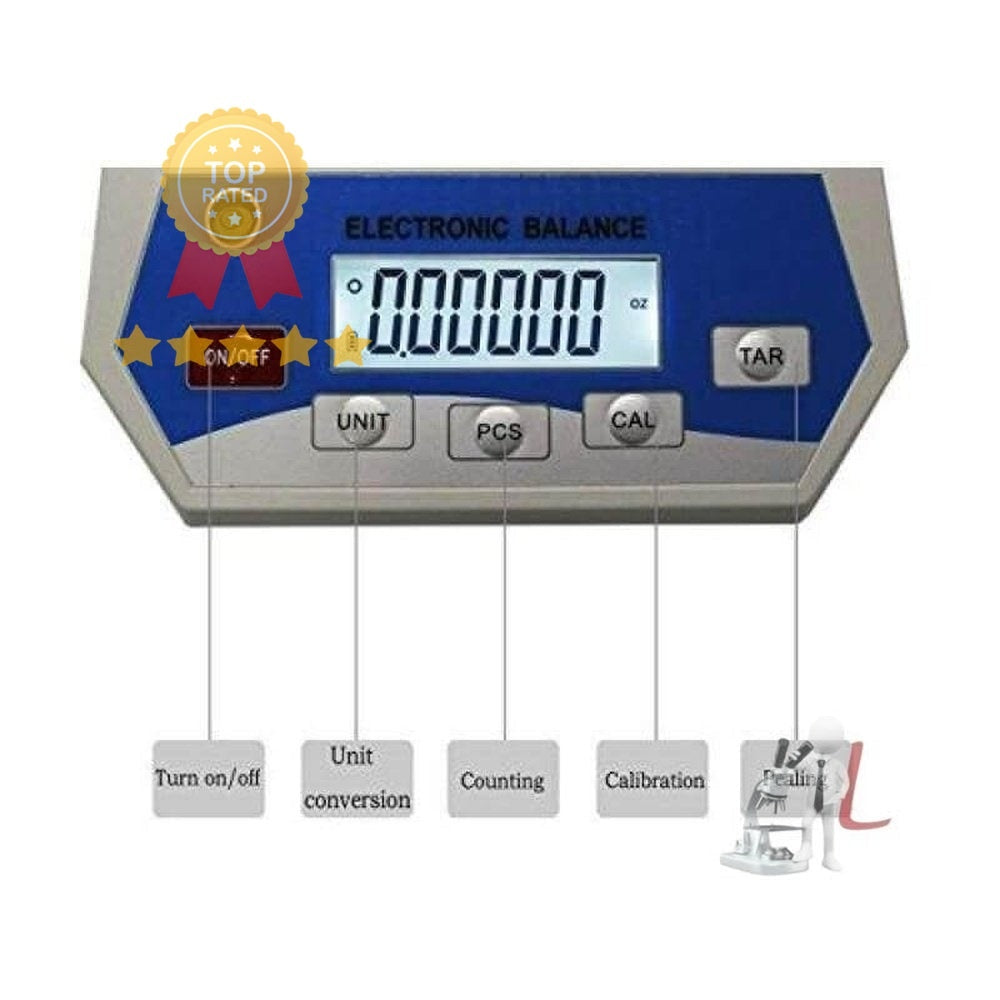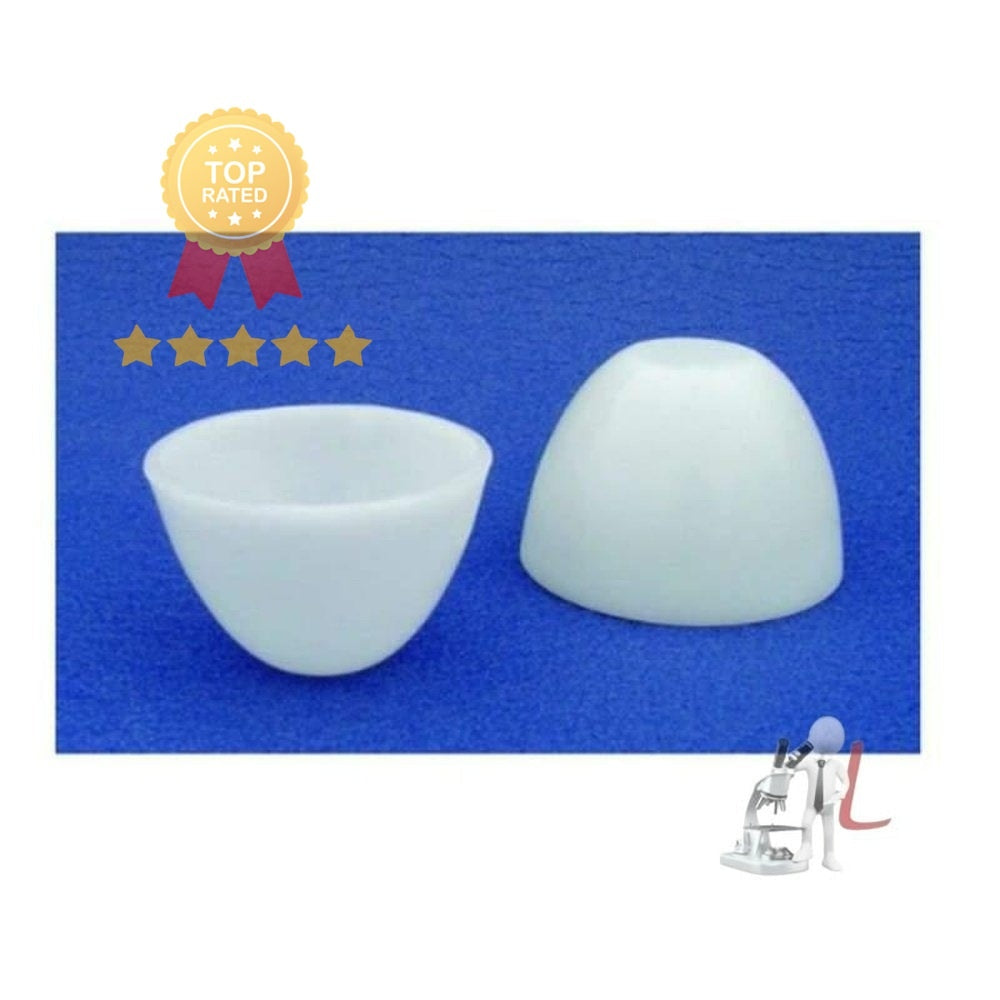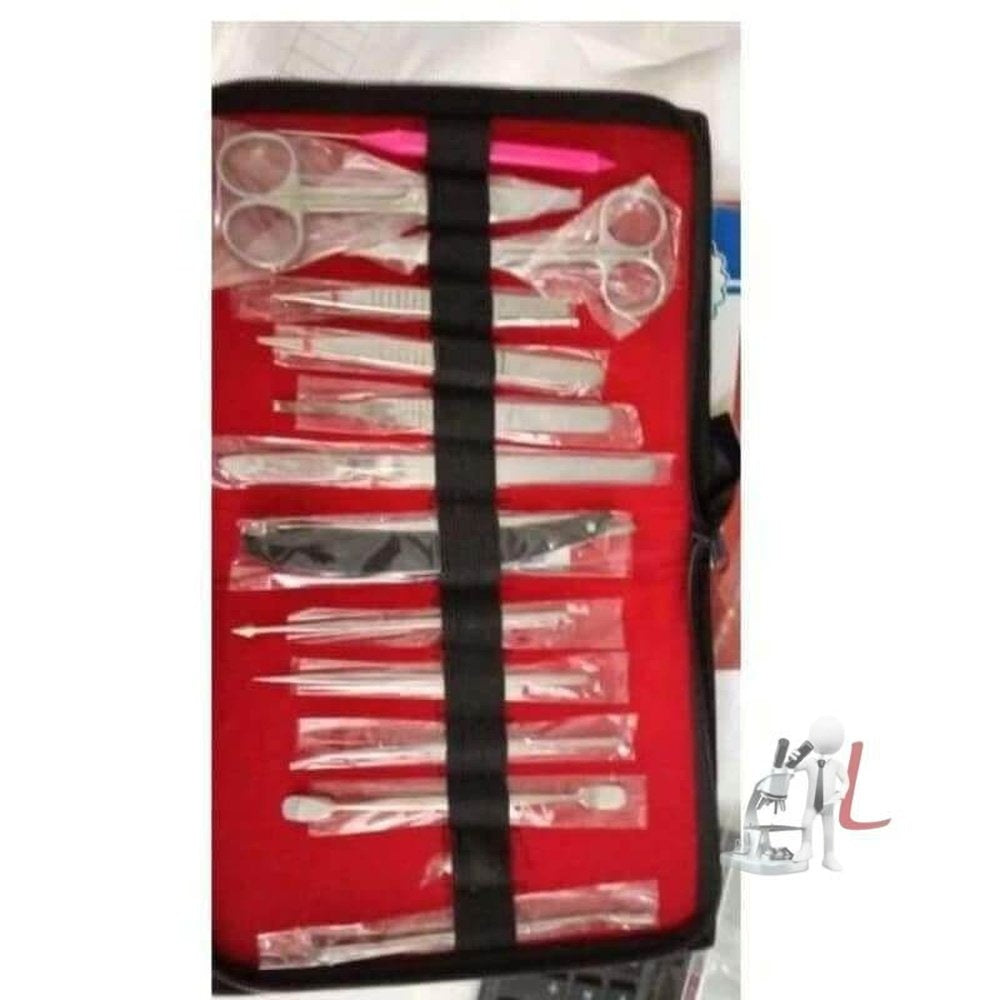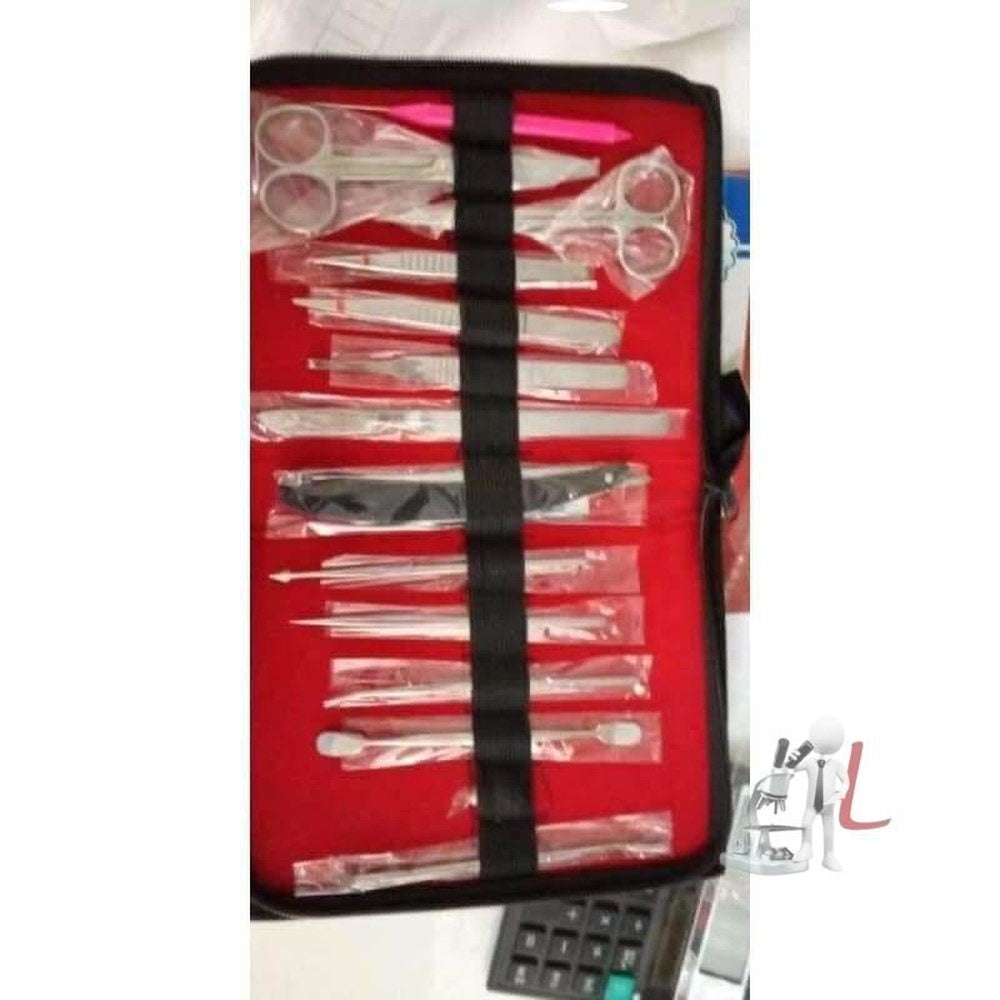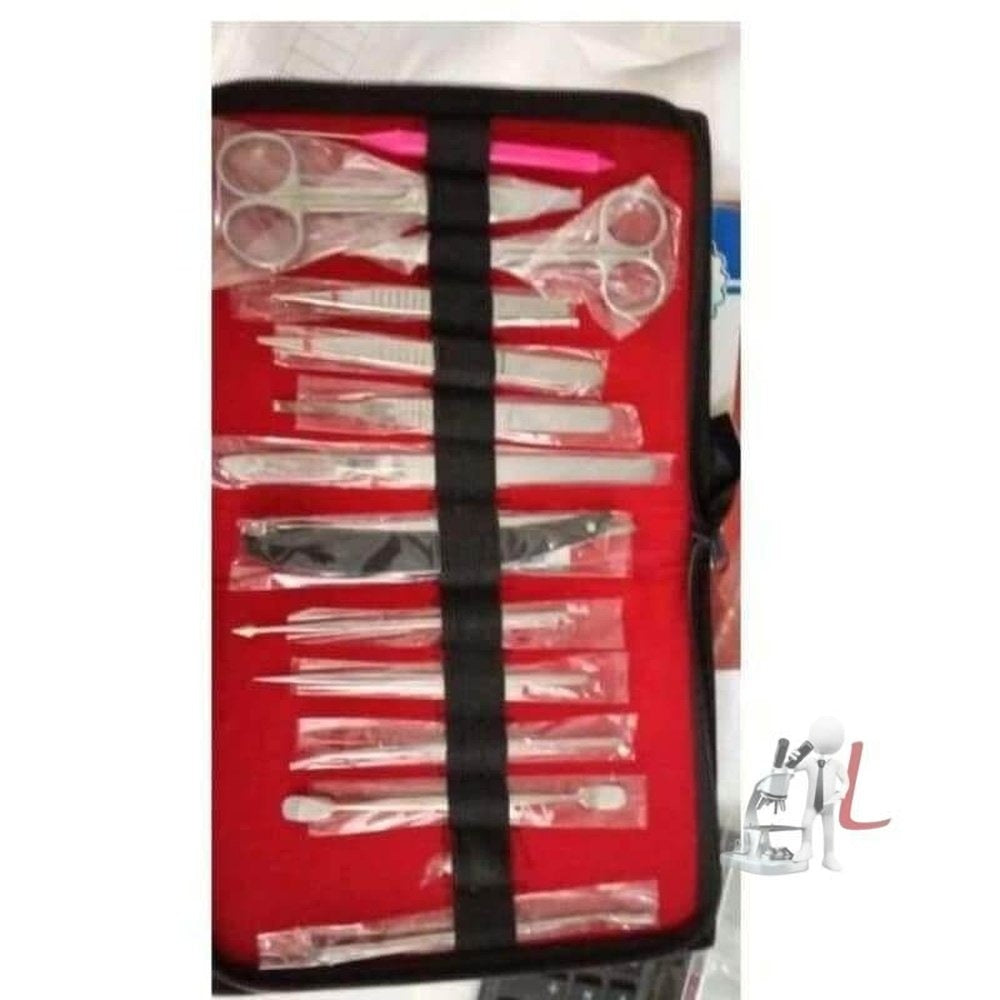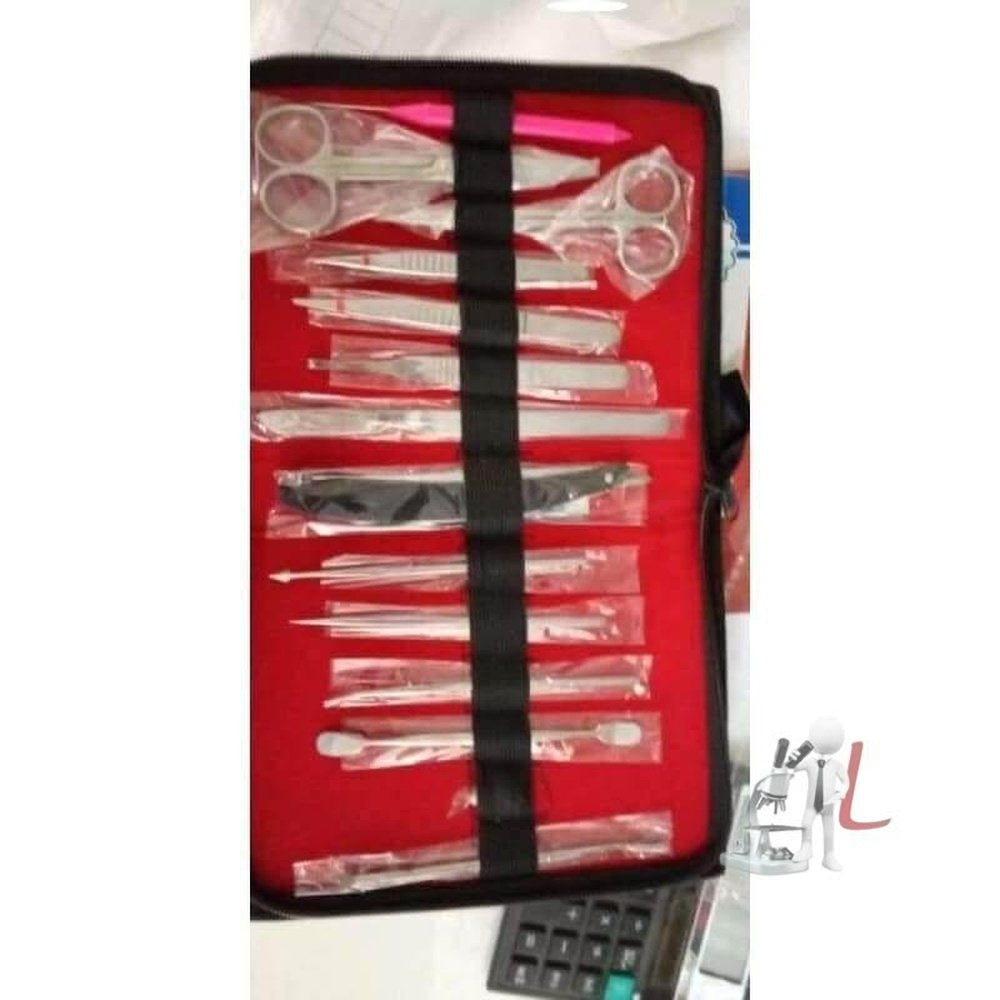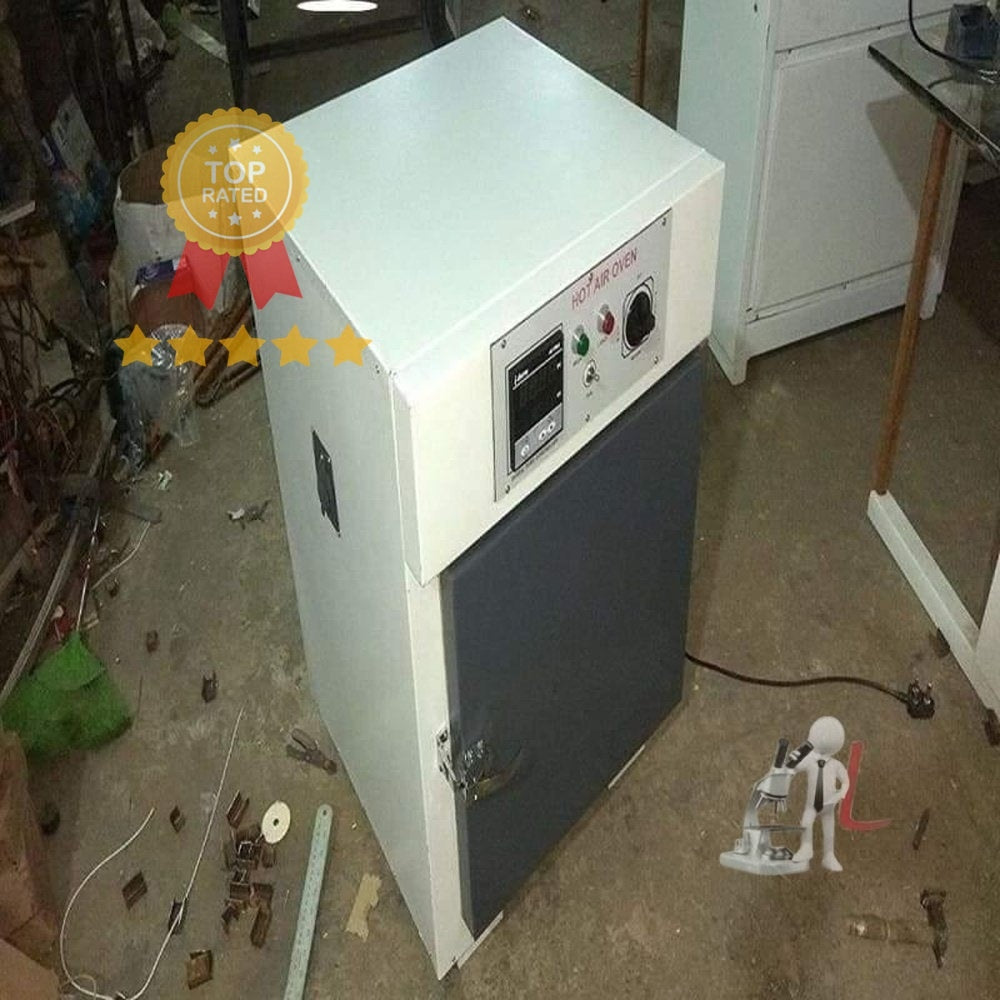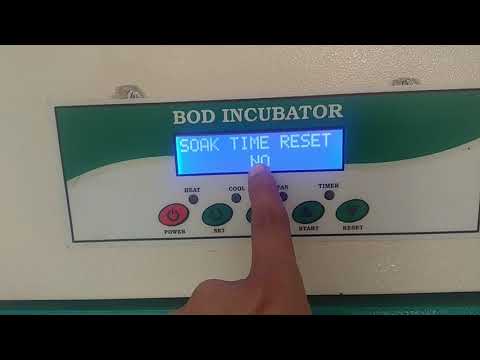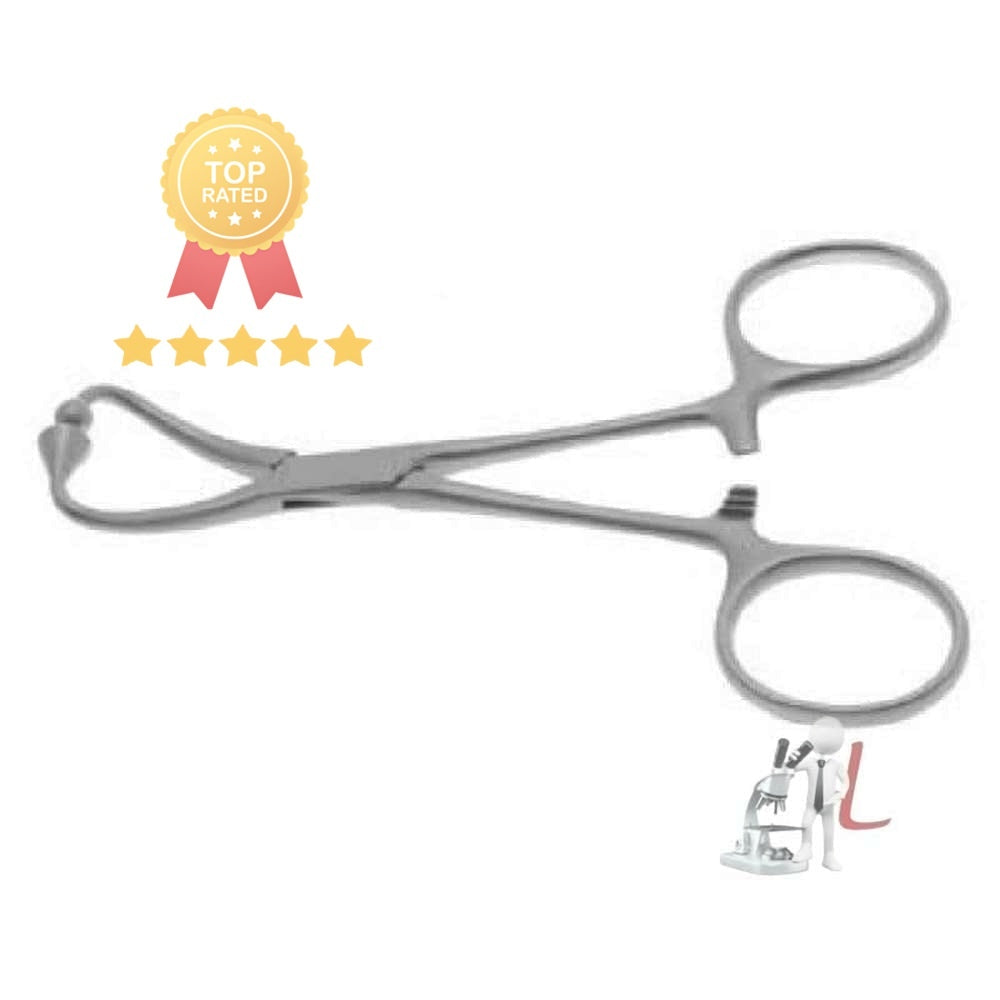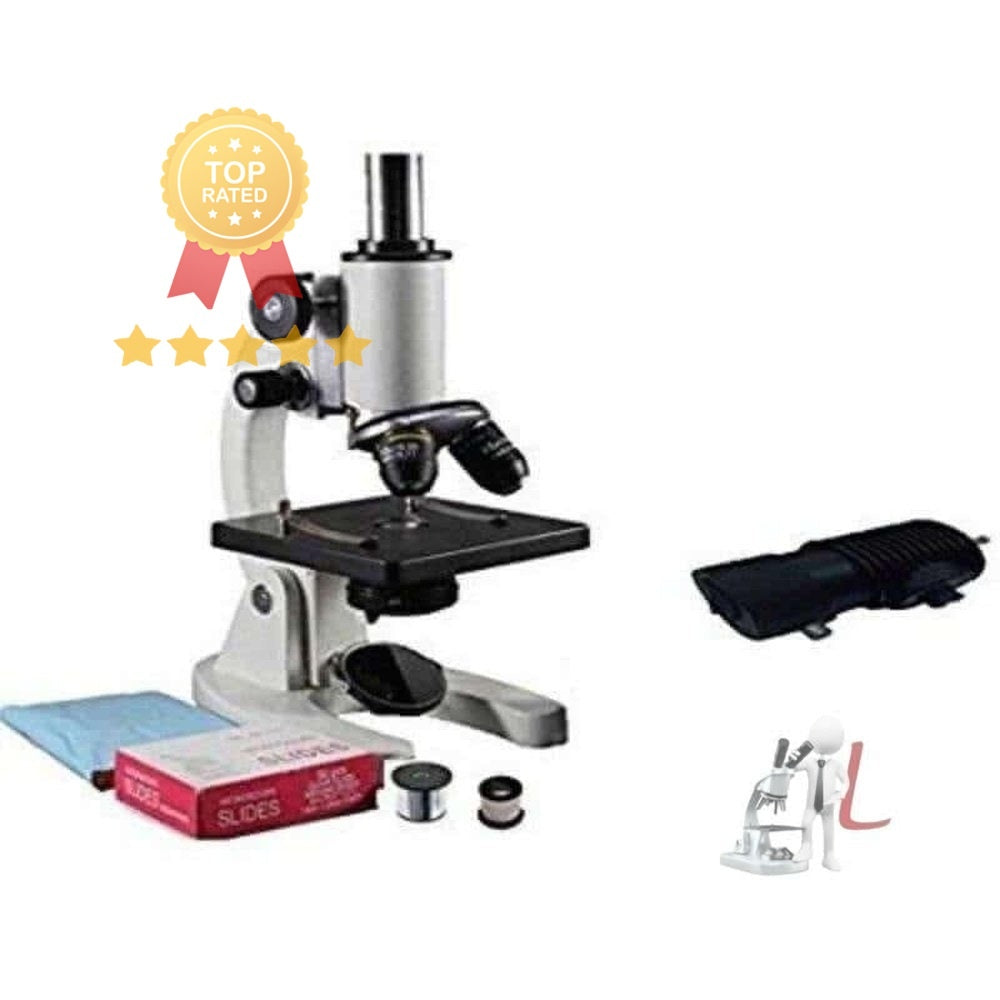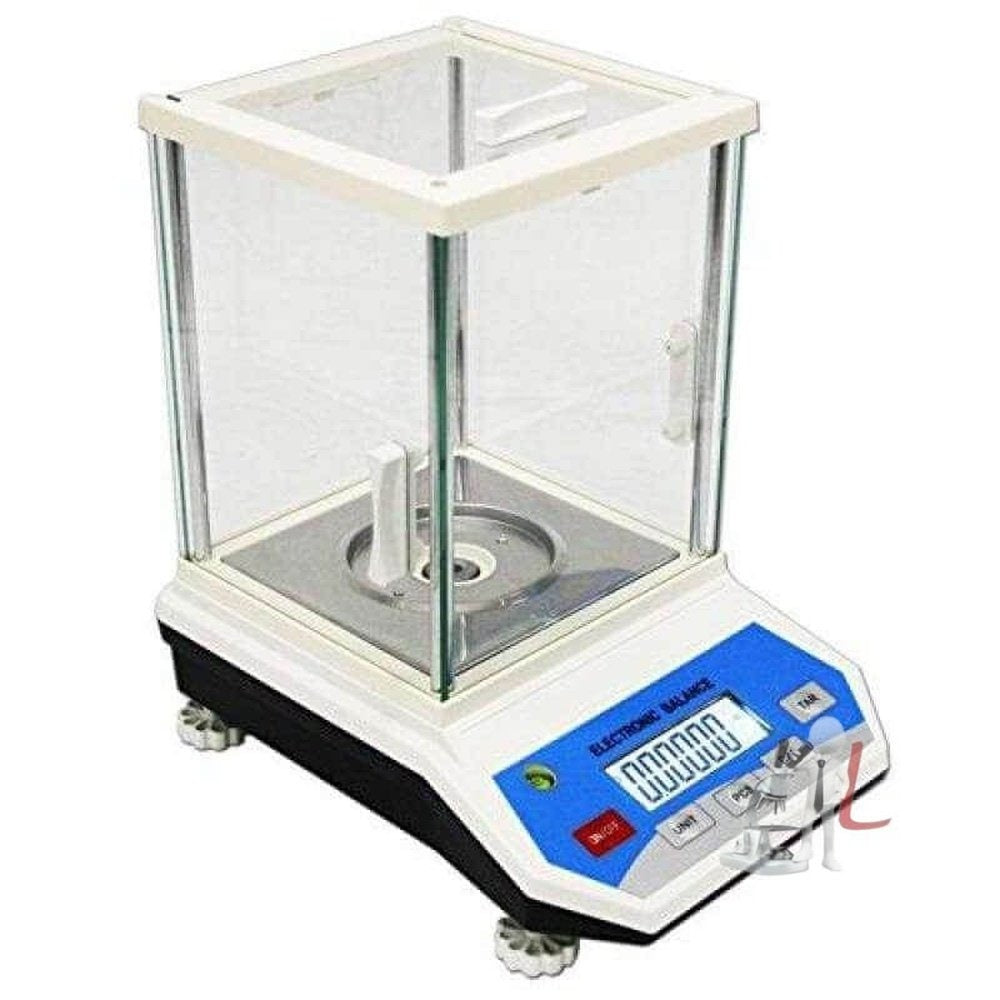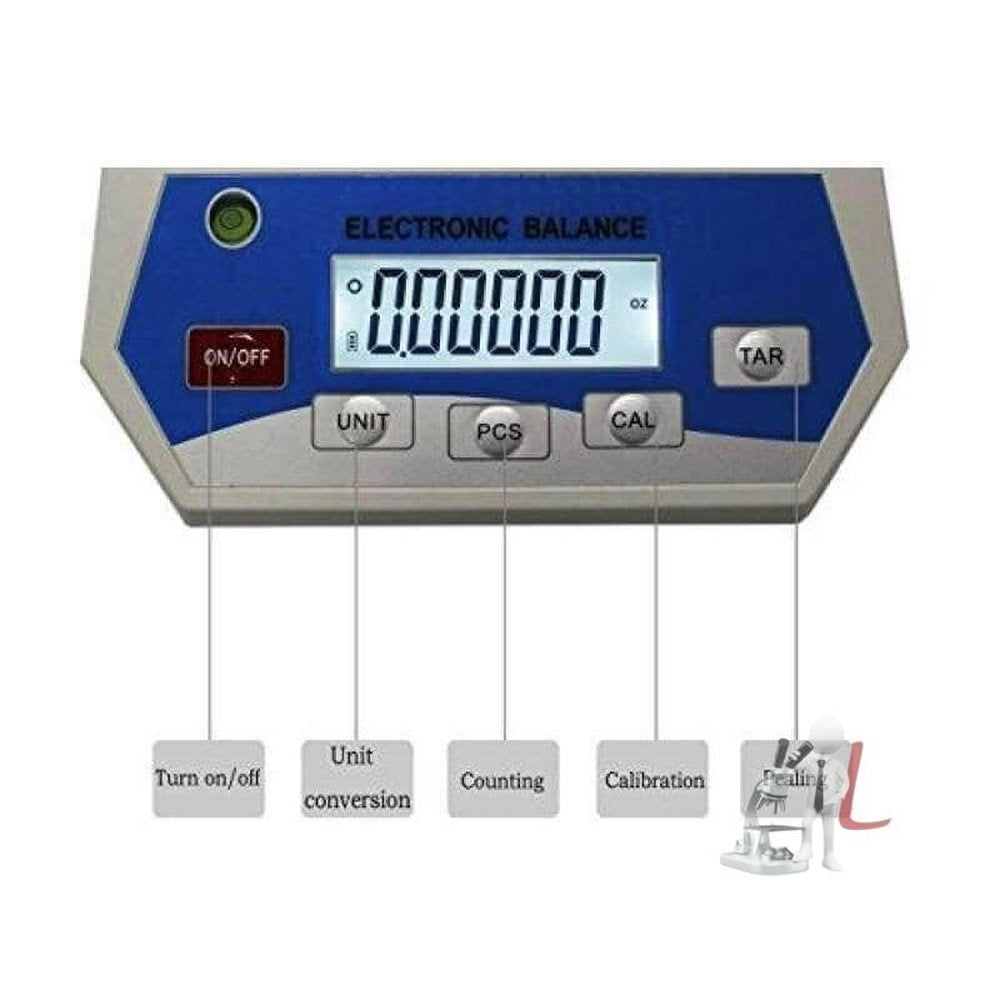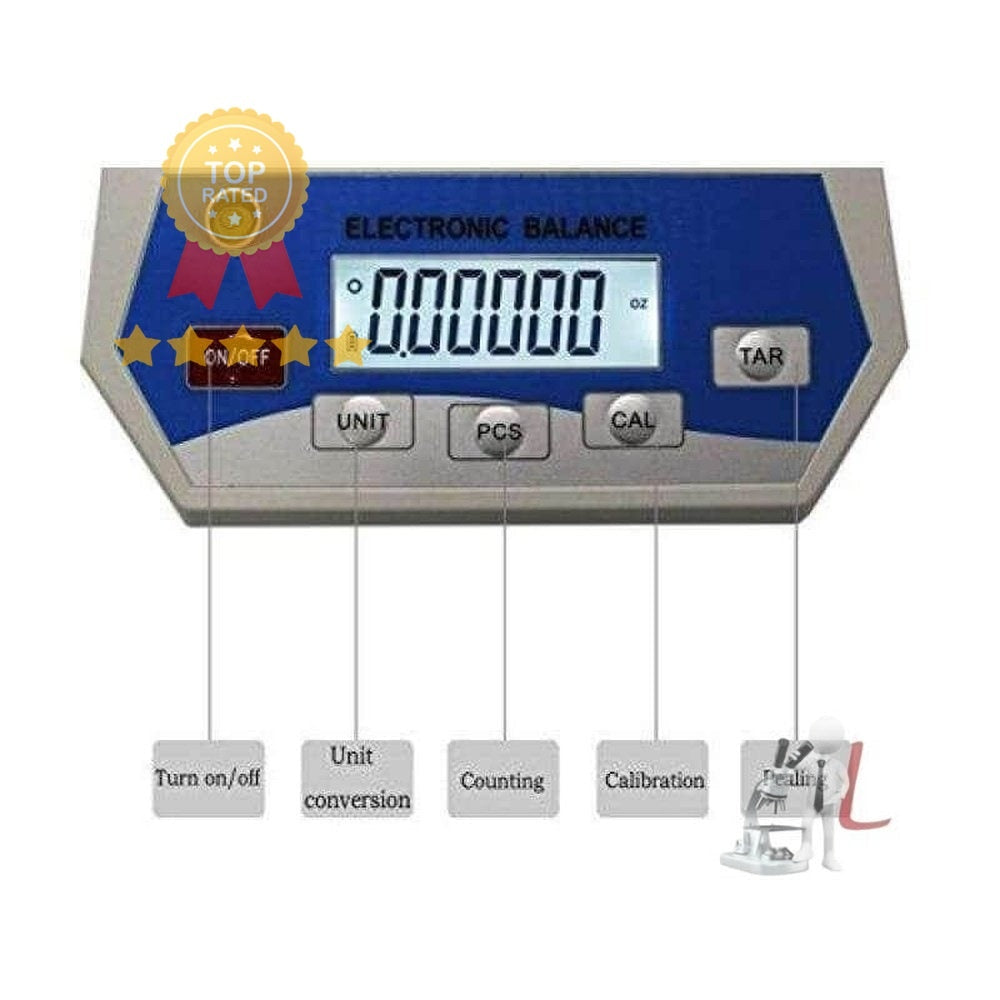Anatomy Lab Equipment: Essential Tools for Understanding Human Anatomy
Anatomy Lab Equipment plays a crucial role in the study and understanding of human anatomy. For students and professionals alike, having access to the right tools is essential in order to effectively learn and apply anatomical knowledge. In this comprehensive guide, we will explore the various types of anatomy lab equipment available, their specific uses, and why they are indispensable in both educational and clinical settings.
First and foremost, let's discuss the fundamental anatomy lab equipment that every student should become familiar with. Models of the human body, including skeletons and organ models, are essential for visualizing the complex structures and systems within the body. These models allow students to see anatomical relationships in three dimensions, which deepens their understanding of spatial arrangements. Whether you are studying basic anatomy or delving into more complex systems such as the muscular or nervous systems, these models serve as invaluable references.
Microscopes are another critical component of anatomy lab equipment. They enable students to observe tissues and cells at a microscopic level, an essential skill for understanding histology and pathology. From examining slides of various tissues to identifying cellular structures, microscopes provide insight that cannot be achieved with the naked eye. In anatomy labs, light microscopes, electron microscopes, and even virtual microscopy options are commonly used to facilitate this level of exploration.
In addition to models and microscopes, dissection tools are vital in anatomy studies. Dissection is one of the most effective ways to learn about the human body, and having the proper tools makes this process much more manageable. Scalpel sets, forceps, scissors, and scalpels are all standard instruments in the anatomy lab. These tools allow students to carefully and precisely explore the internal structures of preserved specimens, providing hands-on experience that solidifies theoretical knowledge.
Furthermore, anatomy lab equipment also includes imaging equipment. Technologies such as ultrasound machines, X-ray machines, and MRI scanners have changed the way we visualize and study the body in real-time. Medical imaging provides critical information about the internal state of patients, making it essential for professionals in various healthcare fields. Understanding how to read and interpret these images is a vital skill for anyone who aims to work in health science.
Another key aspect of anatomy lab equipment involves measurement tools. Calipers, measuring tapes, and goniometers help researchers and students accurately measure dimensions, angles, and distances within anatomical structures. These measurements are not only essential for research but also for clinical assessments, orthodontics, physical therapy, and other healthcare disciplines. Having precision-based tools ensures accuracy in both learning and professional practice.
Lab safety equipment also has a significant presence in anatomy labs. Safety goggles, lab coats, and gloves are part of necessary anatomy lab equipment that helps protect students during dissections or when handling biological materials. Ensuring a safe working environment fosters confidence and allows students to concentrate on learning without apprehension regarding safety concerns.
Digital tools have also become crucial in anatomy studies. Software programs that simulate anatomy, provide virtual dissections, or allow for interactive learning experiences are increasingly utilized in both classrooms and clinical settings. Such technology can complement traditional learning and provide diverse methods for students to engage with complex anatomical concepts. With virtual reality and augmented reality technologies emerging, the future of anatomy education looks promising and exciting.
In summary, Anatomy Lab Equipment is fundamentally important to the education and practice of anatomy for both students and professionals. From models and dissection tools to imaging technologies and measurement instruments, the equipment commonly found in anatomy labs greatly enhances our understanding of the human body. This collection serves to highlight essential equipment that students and professionals should consider incorporating into their studies or practices to improve their proficiency and knowledge. Selecting the right anatomy lab tools ensures a comprehensive understanding of anatomical structures and better prepares individuals for success in healthcare careers.
Filter
Sort by

